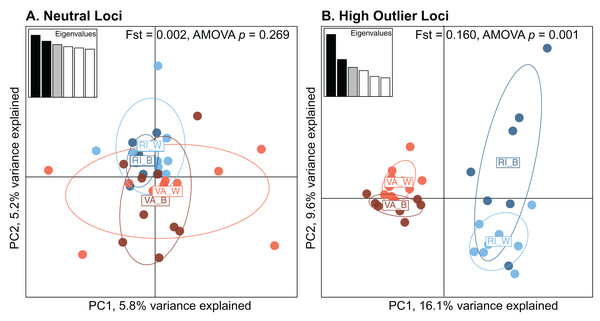
In every country where people’s average income is above $25,000 the average emissions per capita are higher than the global average.

In countries where people have an average income between $15,000 and $20,000, per capita CO 2 emissions are close to the global average ( 4.8 tonnes CO 2 per year). It shows the per capita CO2 emissions on the vertical axis against the average income in that country on the horizontal axis. This chart here will guide us through the discussion of the world’s energy problem.

Numbers on the branches are bootstrap support values.It is the production of energy that is responsible for 87% of global greenhouse gas emissions and as the chart below shows, people in the richest countries have the very highest emissions. Red letters and backgrounds indicate the DP2 group (rs9277534: A) and blue letters and backgrounds indicate the DP5 group (rs9277534: G) alleles. The three phylogenetic trees (B1–B3) represent the 12,147 bp nucleotide alignment of HLA-DPB1 whole gene region (B1), the 5,542 bp nucleotide alignment of the enhancer-promoter region to exon 2 (B2), and the 6,605 bp nucleotide alignment of the intron 2–3′UTR region (B3). (B) Phylogenetic trees using the 19 representative HLA-DPB1 alleles were constructed by the Neighbor-Joining method. The average SNV/Kb for the sequence alignment is shown on the top line of each matrix window.
GENODIVE PROBLEMS WINDOWS
The red peak and valley profiles within the matrix windows indicate the changes in SNV/Kb across the aligned sequences and the black bars indicate indel numbers among the alleles. The A1, A2, and A3 matrix windows show the diversity profiles using 38 HLA-DPB1 alleles (18 DP2 group alleles and 20 DP5 group alleles), except for two recombinant alleles, DPB1 *17:01:01:01 and DPB1 *19:01:01:01. The nucleotide lengths (bp) are shown with indels (no parenthesis) and without indels (in parenthesis). (A) Nucleotide diversity profiles were constructed using three nucleotide alignments, 12,306 bp (whole gene region), 5,551 bp (segment 1), and 6,755 bp (segment 2). Nucleotide diversity and phylogenetic analyses using the HLA-DPB1 allele sequences. HLA Ion PGM NGS PacBio RS II SMRT sequencing genotyping human leukocyte antigen next-generation sequencing. In conclusion, full-length HLA allele sequencing by third-generation and second-generation technologies has provided polymorphic gene reference sequences at a genomic allelic resolution including allelic variations assigned up to the field-4 level for a stronger foundation in precision medicine and HLA-related disease and transplantation studies. We also identified two specific intronic variations in HLA-DRB1 that might be involved in rheumatoid arthritis. Comparing the HLA sequences from the perspective of nucleotide diversity revealed that HLA-DRB1 was the most divergent among the eight HLA genes, and that the HLA-DPB1 gene sequences diverged into two distinct groups, DP2 and DP5, with evidence of independent polymorphisms generated in exon 2. Of them, 137 were novel alleles: 101 SNVs and/or indels and 36 extended alleles at a partial or full-length level. A total of 253 distinct alleles were determined for 46 healthy subjects.
GENODIVE PROBLEMS SOFTWARE
The mapped long and short-reads were used to produce a reference library of consensus HLA allelic sequences with the help of the reference-aware software tool LAA for SMRT Sequencing. The HLA loci were independently amplified by long-range PCR using previously designed HLA-locus specific primers and subsequently sequenced using SMRT and Ion PGM sequencers.

The samples included alleles with a collective allele frequency in the Japanese population of more than 99.2%. Forty-six DNAs were obtained from a reference set used previously to establish the HLA allele frequency data in Japanese subjects.
GENODIVE PROBLEMS TORRENT
We augmented the second-generation short read data generated by the Ion Torrent technology with long amplicon spanning consensus reads delivered by the third-generation SMRT sequencing method to create reference grade high-quality sequences of HLA class I and II gene alleles resolved at the genomic coding and non-coding level. Here, we report on producing a comprehensive collection of full-length HLA allele sequences for eight classical HLA loci found in the Japanese population. Although NGS technologies fuel advances in high-throughput HLA genotyping methods for identification and classification of HLA genes to assist with precision medicine efforts in disease and transplantation, the efficiency of these methods are impeded by the absence of adequately-characterized high-frequency HLA allele reference sequence databases for the highly polymorphic HLA gene system.


 0 kommentar(er)
0 kommentar(er)
